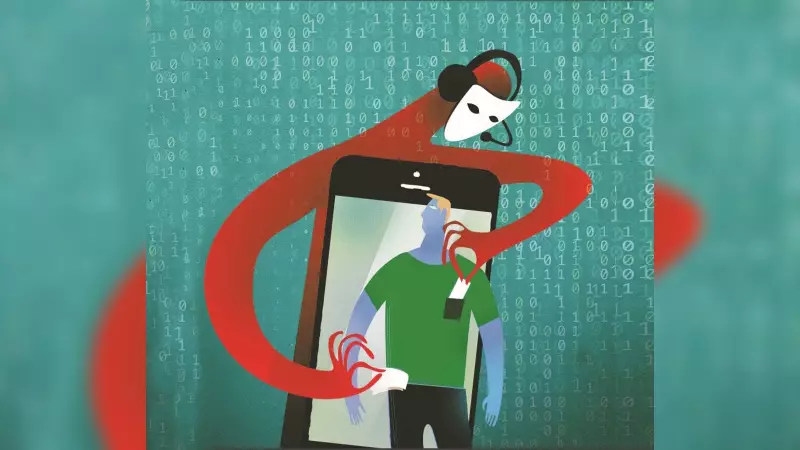
In a major breakthrough against sophisticated cybercrime, Delhi Police has unraveled what's being called the capital's largest-ever "digital arrest" scam, uncovering a complex web that routed a staggering ₹23 crore through Cambodia-linked non-governmental organizations.
The Elaborate Cyber Fraud Network
The investigation led to the arrest of five key suspects who masterminded an intricate operation where victims were psychologically manipulated through fake digital arrests. The scammers posed as law enforcement officials, convincing their targets that they were involved in serious criminal cases and needed to transfer funds to "prove their innocence."
Cambodia Connection Exposed
What makes this case particularly alarming is the international angle. Police discovered that several NGOs with connections to Cambodia were being used as fronts to route the illicit money. These organizations, masquerading as legitimate charitable entities, provided the perfect cover for laundering the massive sums extracted from terrified victims.
Modus Operandi of Digital Arrest
The scammers employed sophisticated psychological tactics:
- Posing as police officers or government officials
- Creating fake cases against victims to instill fear
- Threatening immediate arrest unless payments were made
- Using digital platforms to maintain constant surveillance illusion
- Routing payments through multiple layers to avoid detection
Massive Financial Scale
The ₹23 crore figure represents one of the largest amounts involved in a single digital fraud case in Delhi's history. The sophisticated money routing system through Cambodia-linked NGOs allowed the scammers to operate undetected for a significant period before cyber crime investigators pieced together the complex puzzle.
Ongoing Investigation
With five arrests made, Delhi Police confirms that the investigation is expanding to uncover the full network both domestically and internationally. The Cambodia connection is particularly concerning for cybersecurity experts, highlighting how transnational criminal networks are evolving their methods to exploit digital platforms and charitable organization fronts.
This case serves as a stark warning about the growing sophistication of cyber fraud operations and the importance of verifying any unusual digital communication claiming to be from law enforcement agencies.





